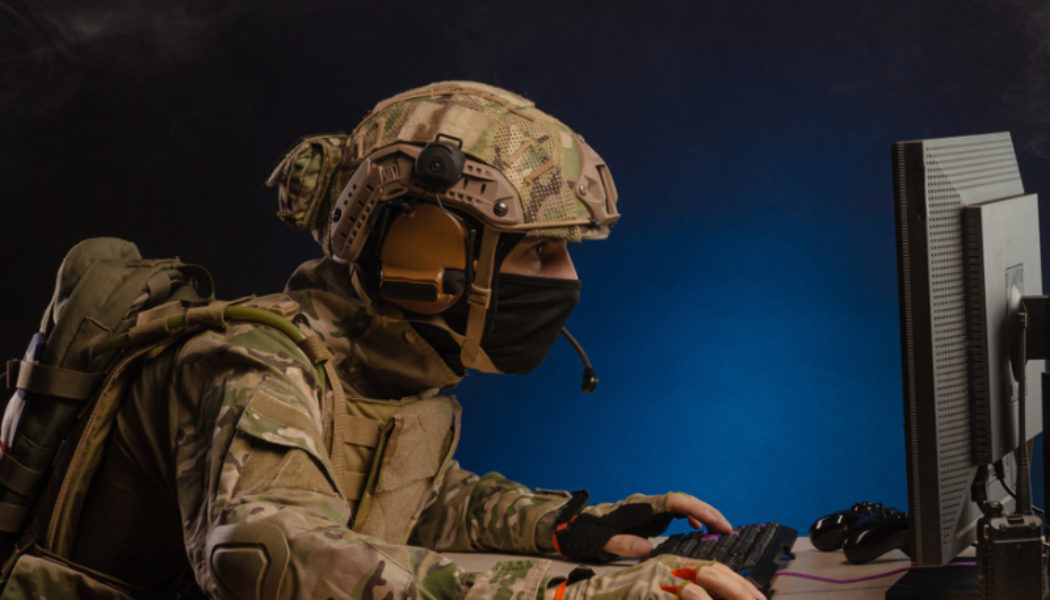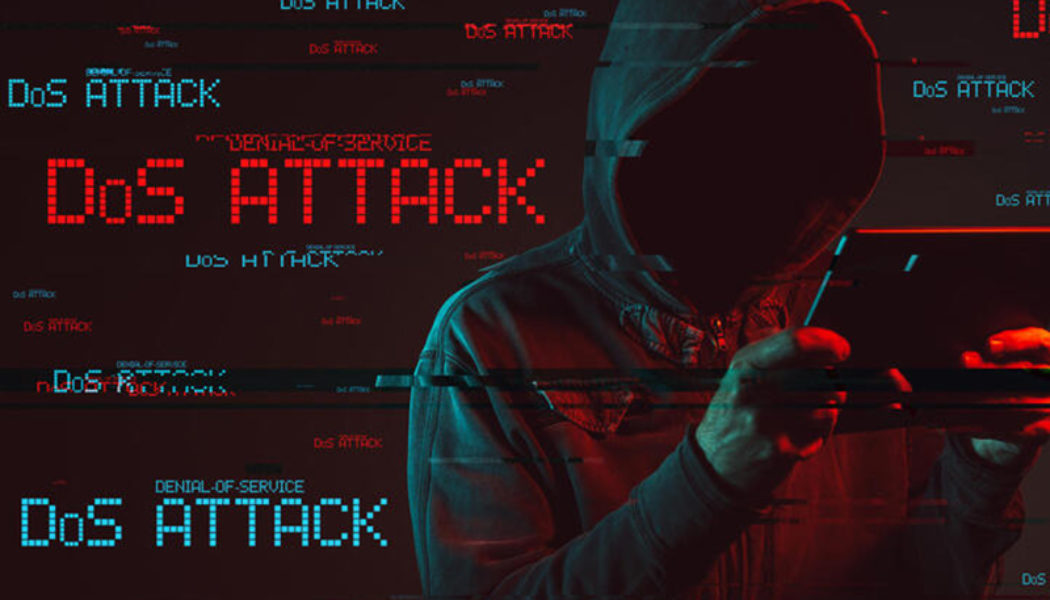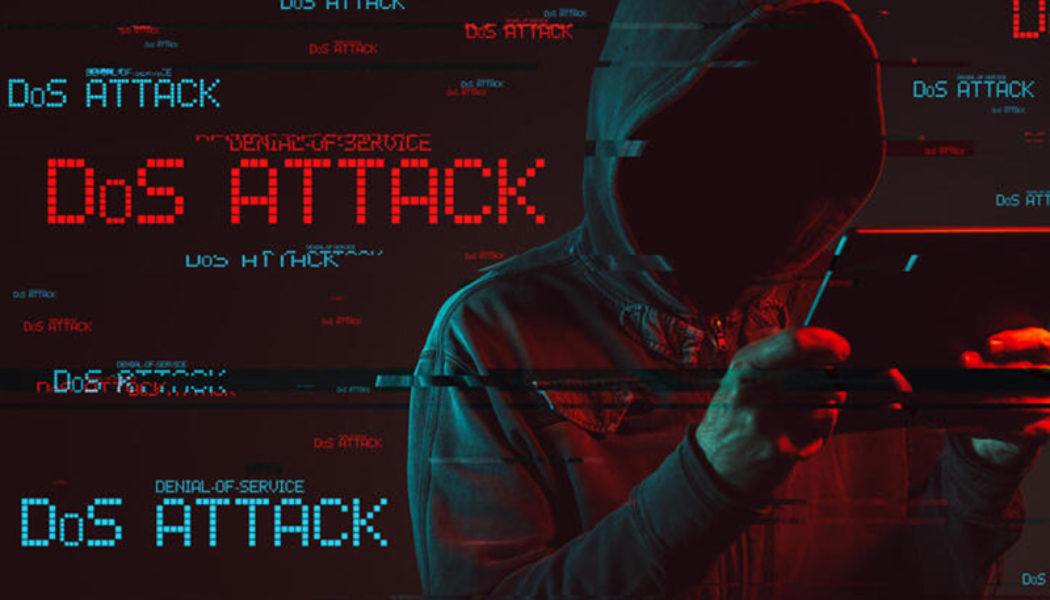DDoS Attacks Africa
Ukraine War Leads to Largest Ever Spike in DDoS Attacks – Kaspersky
Image sourced from Packetlabs. According to Russian cybersecurity group Kasperksy, compared to Q1 2021, the number of Distributed Denial of Service (DDoS) attacks in Q1 2022 rose 4.5 times with a considerable number of the attacks likely to be the result of hacktivist activity. Kaspersky says it operates independently from the Russian government, even as its antivirus software is being investigated in Europe. The firm continues that the attacks also showed an unprecedented duration for DDoS sessions, particularly those aimed at state resources and banks. Further information has been included in a report issued by Kaspersky. DDoS Attacks Distributed Denial of Service (DDoS) attacks are designed to interrupt network resources used by businesses and organisations and prevent them from functio...
SEACOM Taps NETSCOUT for DDoS Services in SA & Kenya
Image sourced from Shutterstock. NETSCOUT SYSTEMS, a leading provider of security, service assurance, and business analytics has announced a new strategic partnership today with one of Africa’s leading broadband internet providers, SEACOM. This new strategic alliance aims to provide managed DDoS and security services to enterprise customers throughout Kenya and South Africa, as well as to Wholesale customers utilising SEACOM’s subsea and terrestrial networks, according to a statement from NETSCOUT. DDoS Attacks on the Rise With global DDoS attacks hitting more than 5.4 million in the first half of 2021, an 11% increase over the same period in 2020, the need to protect IT infrastructure has never been more acute. Research from Korn Ferry also points to a worldwide shortage of more than 4.3 ...
The New DDoS ‘Normal’ is Not Normal in Any Way
Image sourced from Shutterstock. Threat actors will never turn down an opportunity for innovation, and the COVID-19 pandemic has provided an enormous such opportunity. We are seeing this quite clearly in the numbers coming through – and the new ‘normal’ around distributed denial of service (DDoS) attacks is not normal at all. So says Carole Hildebrand, Senior Strategic Marketing Writer at NETSCOUT, a leading global provider of service assurance, security and business analytics. Writing in a recent blog, she explains, “After an astonishingly active first quarter of DDoS attack activity, things calmed down a bit for the second quarter of 2021. Unfortunately, ‘calmed down’ is a relative term.” NETSCOUT decided to compare the numbers of DDoS attacks during the COVID-19 era of 2020 and 2021 thu...







